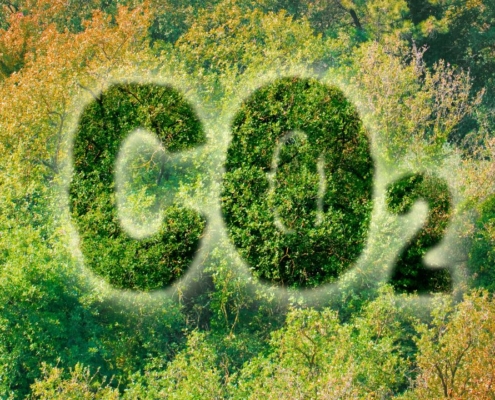Advanced Remote Soil Carbon Sequestration and Emissions Measurement
Edited by: IAAS Secretariat
Importance of Soil Carbon Sequestration and Emissions Measurement
Carbon sequestration in the soil is the most effective method for countering climate change. It can be achieved by liberating soil as the greatest carbon sink globally.
Carbon sequestration in soils aids in the restoration of deteriorated soils, which increases agricultural production. Farms with healthier soils are more resistant to both drought and heavy precipitation.
If soils are disturbed, the carbon absorbed by carbon sequestration can be released. Consequently, remote sensing emission measurements are required to preserve proper soil management methods.
The Crucial Role of Nature-Based Carbon Removal
Carbon markets are currently experiencing a supply crisis as the need for carbon offsets exceeds the availability of certified offsets. This results in organizations purchasing supply faster than it is produced, which, in certain situations, necessitates the establishment of advance-market agreements to expedite carbon removal technology based on assured future demand.
To close this gap and reach its emission reduction goals, the world requires carbon removal from nature. As one of the nature-based alternatives, agricultural soils can remove CO2 without infringing on new land while simultaneously enhancing soil quality, biodiversity, and agricultural production.
The Agricultural Industry Context
Agricultural industry is one of the largest producers of carbon dioxide and has the potential to provide effective countermeasures to climate change.
Agricultural soils are capable of sequestering and storing billions of tons of CO2 released into the atmosphere. Farm owners can lead the process via regenerative agriculture while profiting from carbon offsets.
The measurement and validation of carbon sequestered in soil remain expensive and difficult, and present technologies cannot be scaled to millions of acres. A precise, cost-effective, and scalable method for measuring and reporting carbon sequestered in soil everywhere and at all times is needed. This is the solution to unlocking the vast market potential for dependable soil-based carbon offsets.
Perennial is dedicated to adhering to reductions in greenhouse gas regulations and collaborates with major organizations to facilitate the process for farmers to acquire offset credits. The firm works with clean energy regulators and interacts with the largest project developer to provide less expensive regenerative farming approaches.
The Technology Behind Soil-Based Carbon Sequestration
Perennial’s technique to monitor CO2 in soils is based on years of academic study into remote sensing and field observations. This technique assesses soil carbon sequestration using remote sensing as opposed to physical sampling. The company’s technology reduces or eliminates the need for an actual soil sample, reducing the expenses associated with carbon offsets.
Each Perennial measurement comprises a large number of independent projections, capturing the carbon footprint of each region. This method combines deep learning, field observations, and remote sensing to map historical, current, and projected soil carbon and land-based emissions at the continental scale. Traditional measuring employs a limited number of points per field. The measurement of Perennial gives the entire image.
Conclusion
Carbon sequestration and emission measurement are vital for controlling the climate crisis. Perennial utilizes innovative remote monitoring equipment to quantify soil carbon sequestration and emissions. This technology is driving the development of climate-smart farming and contributing to the decarbonization of the food supply chain. Perennial provides a mission-driven, collaborative atmosphere and has a diverse team with expertise in science, carbon markets, and agriculture.
> Source: CLICK HERE





